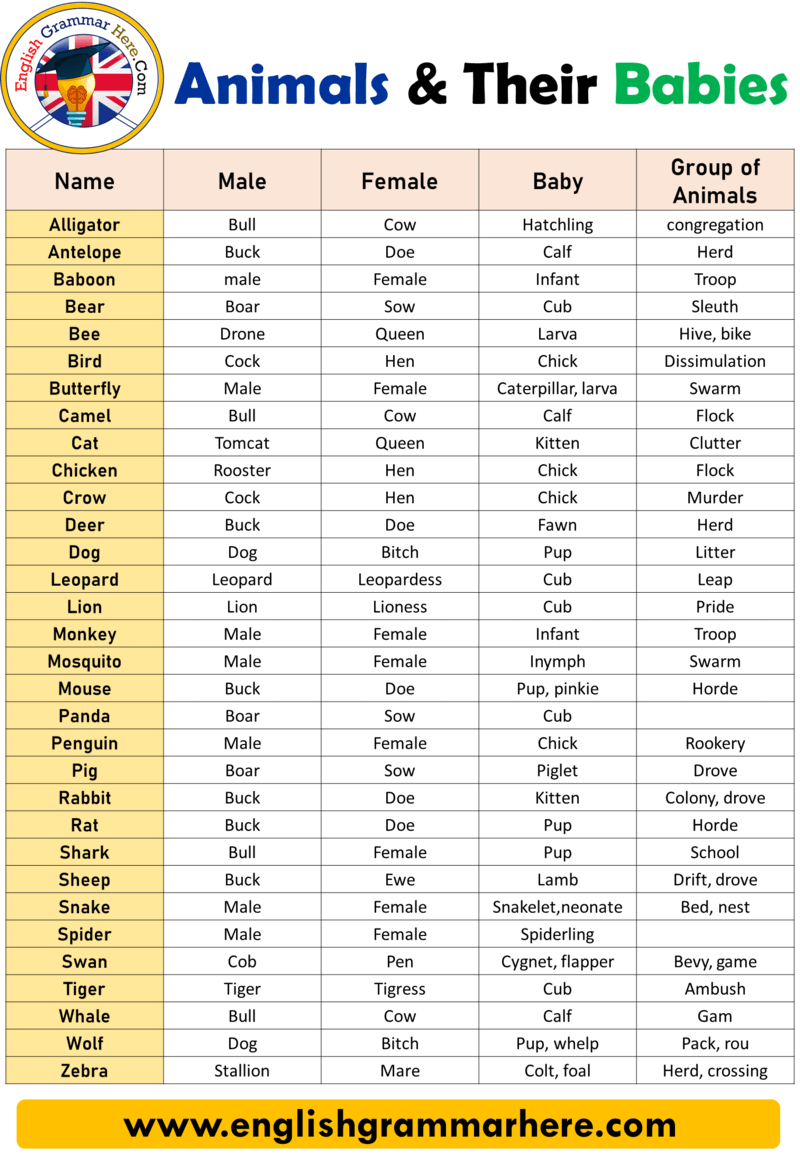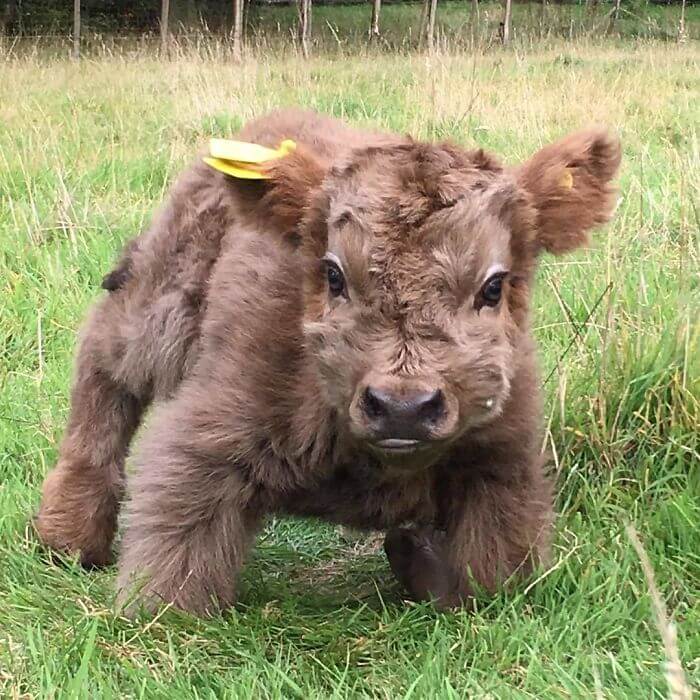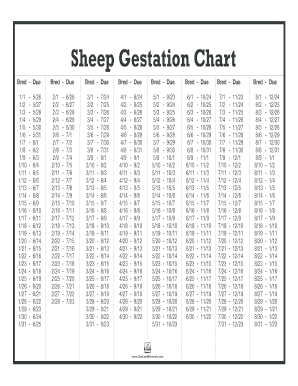

Full development of the first intermediate pair of permanent incisors happens by the time an animal is three years old. They are followed by the appearance of the first intermediate pair of incisors at 24 to 30 months of age. The permanent pinchers appear at 18 to 24 months of age and are fully developed in two-year-old cattle ( Figure 6). The eruption, development, and wear patterns common for permanent teeth in cattle are detailed in Table 1. By the time a calf is a month old, all eight temporary incisors generally appear. Temporary incisor eruption occurs rapidly in the newborn calf. At birth, a calf typically has two or more temporary incisors erupted through its gums, although some calves are born without any incisors visible. Incisor eruption occurs in a distinct pattern over time and provides information about the approximate age of an animal. Typical cattle ages when permanent molars erupt. Typical cattle ages when permanent premolars erupt. Leveled at 9 years, noticeable wear at 10 years Leveled at 7 to 8 years, noticeable wear at 9 to 10 years Leveled at 6 to 7 years, noticeable wear at 8 to 9 years Leveled at 5 to 6 years, noticeable wear at 7 to 8 years Typical cattle ages when permanent incisors erupt, develop, and wear. Three permanent molars appear on each side of the upper, and another three molars appear on each side of the lower jaws. As with the permanent premolars, cattle develop twelve permanent molars. There are no temporary molars, only permanent molars. Similarly, mature cattle have twelve permanent premolars. Mouth of a two-year-old heifer with two permanent incisors.Īmong the temporary teeth, there are twelve premolars, three on each side of the upper and three on each side of the lower jaws. This fourth pair of incisors is called the corners. The final pair of incisors develops to the outer sides of the previously erupted incisors. They develop next to the previous pair of intermediate incisors. The third pair of incisors is also known as intermediates or laterals. Immediately next to the pinchers, the second pair of incisors to develop is referred to as the first intermediates or laterals. Figure 5 illustrates the names and locations of each of the four pairs of incisors. A cow with three pairs of permanent incisors and one pair of temporary incisors (indicated with arrows).Ĭattle develop eight temporary incisors that are later replaced with eight permanent incisors. Figure 4 shows temporary teeth in the corner positions in comparison to permanent teeth in the intermediate and central incisor positions. Temporary teeth are also more triangular in appearance than newly developed permanent teeth, although permanent teeth become more triangular over time. They are much smaller and whiter than permanent teeth. Temporary teeth are easily distinguishable from permanent teeth. These temporary teeth eventually fall out and are replaced with 32 permanent or adult teeth as an animal matures. The hard dental pad in the front of the top jaw of a five-year-old cow.Ĭattle first develop 20 temporary teeth, known also as deciduous, milk, or baby teeth ( Figure 3). Locations and types of teeth in a bovine skull. The premolars and molars are collectively known as cheek teeth. Moving farther toward the rear of the mouth, the molars appear adjacent to the premolars. The premolars appear adjacent to the incisors on both sides and back toward the rear of the mouth. The front of the upper jaw is a hard dental pad without teeth (see Figure 2). The incisors appear toward the front of the mouth and only on the bottom jaw of cattle. A schematic of a bovine skull is shown in Figure 1 to depict the locations of the three major teeth types: incisors, premolars, and molars.

Dental Anatomy in Cattleĭentition is the development of teeth within the mouth. It is common for cattle of unknown age to be “mouthed” by a veterinarian or other trained person to estimate their ages when marketed.

When cattle age records are not available, dentition may be used to estimate cattle age. In this way, the exact ages of animals will be known. When possible, cattle birth records should be kept and transferred with the cattle as they move from one operation to another. Both replacement and market cows typically decline in value as they age.

Knowing cattle age is useful for both cattle management and marketing.


 0 kommentar(er)
0 kommentar(er)
